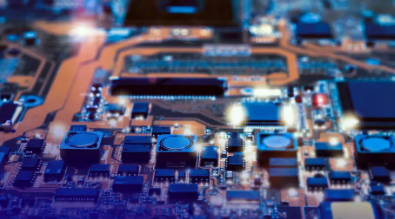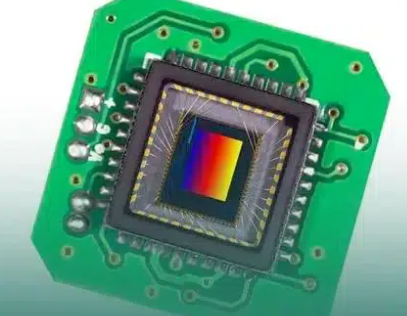- Ameya360 Component Supply Platform >
- Trade news >
- U.S. Chip Strategy Under Discussion
U.S. Chip Strategy Under Discussion
Members of a Trump Administration initiative will give a first look next week at what’s being billed as a strategy for the semiconductor industry. A group of five technology policy and project managers representing the White House and other government branches will speak on the topic at a panel on July 11 at Semicon West in San Francisco.
Government representatives from multiple agencies have been developing a semiconductor strategy that a month ago they intended to announce at the event. The announcement of the draft strategy was postponed amid rising political tensions, particularly with China, from planned U.S. tariffs and a decision to halt sales of U.S. components to China’s ZTE.
Chip industry trade groups have lobbied Washington D.C. for years to address intellectual-property issues they face in China. However, they generally recoiled at President Trump’s plans to impose tariffs.
The administration’s draft semiconductor strategy is believed to sketch out broad concepts for supporting the industry across a range of areas from the adoption of machine learning to the expansion of trusted fabs. The panel is expected to confine its discussion primarily to technology issues, but given the climate there will no doubt be pressure to address business issues includes trade policy.
The panel’s moderator, Lloyd Whitman, is a principal assistant director for physical sciences and engineering in the White House Office of Science and Technology Policy (OSTP). After more than 20 years as a senior research manager at the Naval Research Laboratory and NIST, he joined OSTP under the Obama Administration, helping direct its National Nanotechnology Initiative that set up research centers in fields including photonics, 3D printing and flexible hybrid electronics.
Contacted over email, Whitman declined to discuss details of the panel ahead of the event. Panelists presumably consists of others helping craft the U.S. semiconductor strategy. They include:
Jeremy Muldavin, deputy director of defense software and microelectronics in the office of the Deputy Assistant Secretary of Defense for Systems Engineering
Sankar Basu, program director of computer and information science and engineering at the National Science Foundation
Eric W. Forsythe, a team leader for flexible electronics in the U.S. Army Research Laboratory
Robinson Pino, acting research division director for advanced scientific computing in the office of science at the Department of Energy
Online messageinquiry

Microsoft Unveils In-House AI Chip, Poised for Competitive Edge with a Powerful Ecosystem

What is digital chip? What is analog chip?
- Week of hot material
- Material in short supply seckilling
| model | brand | Quote |
|---|---|---|
| MC33074DR2G | onsemi | |
| TL431ACLPR | Texas Instruments | |
| RB751G-40T2R | ROHM Semiconductor | |
| BD71847AMWV-E2 | ROHM Semiconductor | |
| CDZVT2R20B | ROHM Semiconductor |
| model | brand | To snap up |
|---|---|---|
| TPS63050YFFR | Texas Instruments | |
| ESR03EZPJ151 | ROHM Semiconductor | |
| STM32F429IGT6 | STMicroelectronics | |
| BU33JA2MNVX-CTL | ROHM Semiconductor | |
| BP3621 | ROHM Semiconductor | |
| IPZ40N04S5L4R8ATMA1 | Infineon Technologies |
- Week of ranking
- Month ranking
Qr code of ameya360 official account
Identify TWO-DIMENSIONAL code, you can pay attention to


Please enter the verification code in the image below:
























